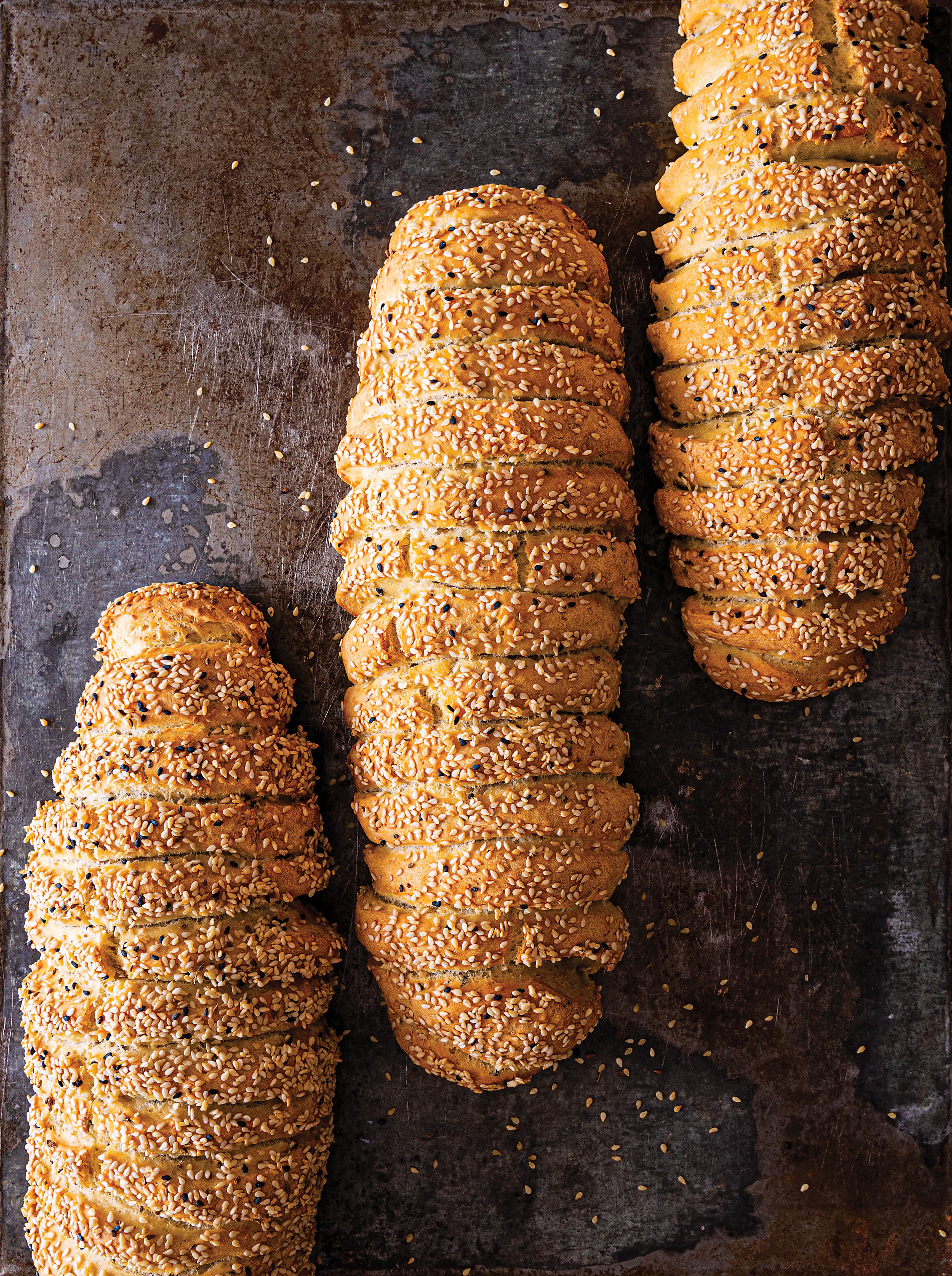2022, June, Theletra. I am in this beautiful village in the Paphos district. During the filming of the state television cooking show, I meet Mrs. Androula Tryfonos, a very sweet lady, 74 years old. She greets me warmly and shakes my hand with love. “I saw you, my child, and I remembered you said on your show that you want to learn how we shape the daisy-shaped bread ring (koulouri margarita)”. Yes, I said, I tell her, and I am surprised she remembered it. “You said you want to learn about the koumoulies too, or as you call them in the capital, the dachtilies (finger-shaped)”. Do you want me to show you, my child?”. And of course I want to. Her offer moves me. Just as the people who are willing to share the secrets of our tradition and culture with us move me every time. I am like a little child from my joy. She gets teary-eyed, she feels that this “teaching” is more than just a recipe. It is a tradition passed from one generation to the next and kept alive over time. I soak up her every word, her every move. And of course, while she is teaching me the recipe, I think to myself how I will be forever grateful to her…

REFERENCES FROM CYPRUS GASTRONOMY • They are called dachtilies because the dough is scored into pieces that resemble fingers. In the Kyrenia district, the dough is cut diagonally into thicker and shorter pieces. Then, their name changes to koulouroullies or koulouroupoulla. In the Paphos district, they are called koumoulies or koumoulla or tavlies. They are also called poxamathkies because they were baked twice and made into paximadia (rusks). • We can add any herbs and spices we like to the dachtilies dough. Mrs. Androula Tryfonos' mother, as she confided in me, used to mix artysia (cumin) and grated nutmeg into the sesame seeds. In older times, when bleached sesame was not commercially available, people used to bleach it themselves. Mrs. Androula remembers putting ash in the raw sesame, boiling it in a pot with water until it turned white. Then, they added lemon. Afterwards, they passed it through the patouri (a traditional mill) or through the aleuriko, which was a type of sieve with small holes, and then rinsed it many times. They left it there until it dried and then added the herbs and spices.